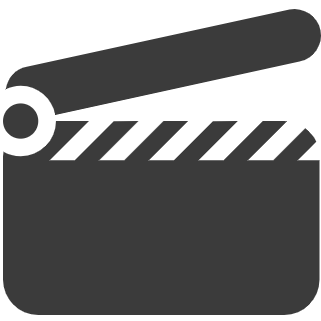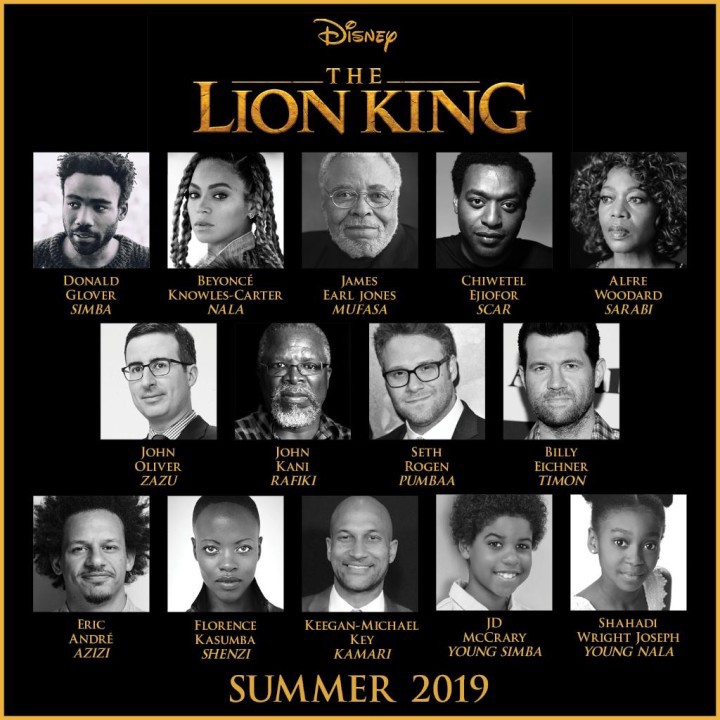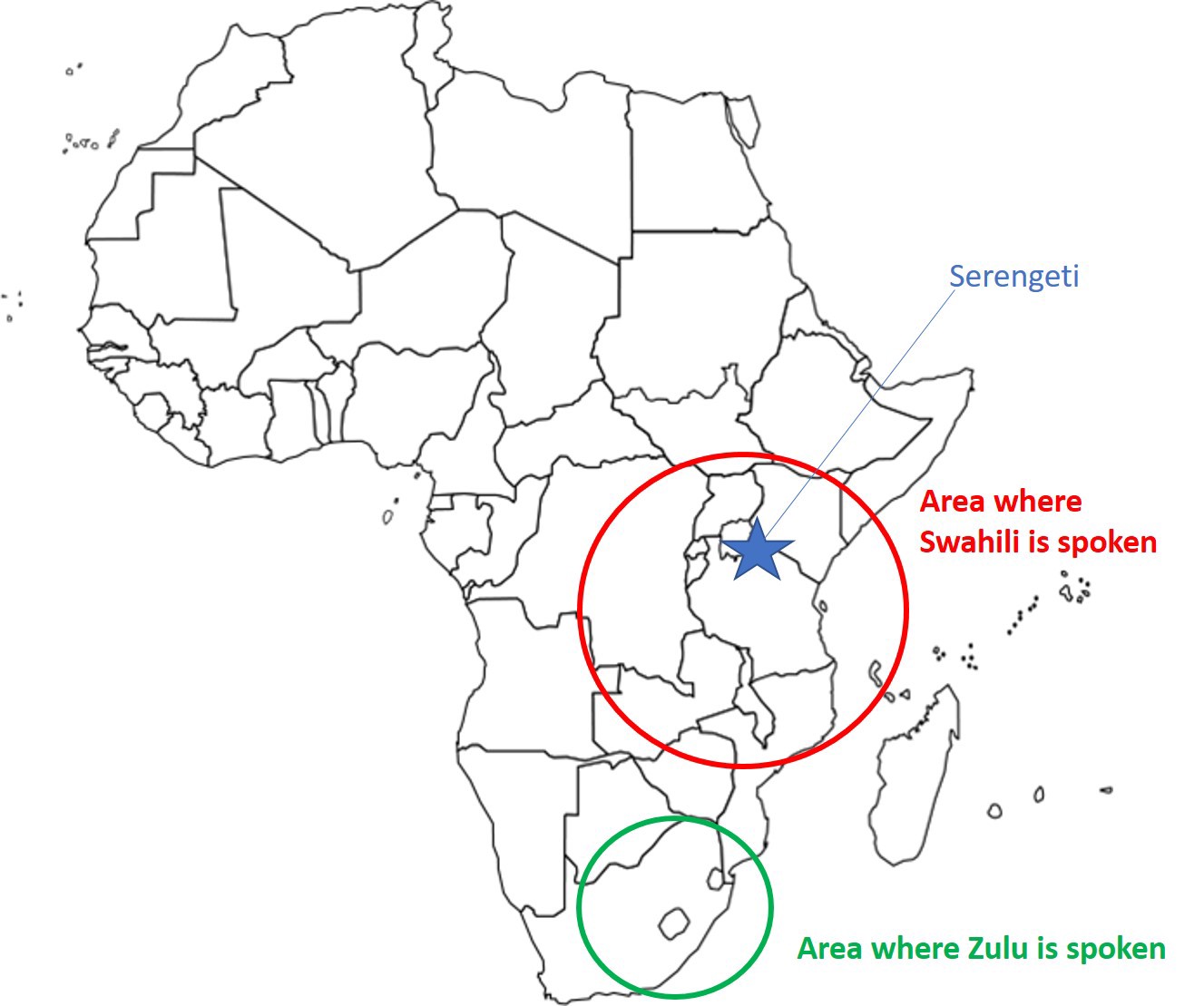Tragedy Girls
Many call 'Tragedy Girls' a modern-day 'Heathers', and I do see the resemblance. The film asks the same question that all teenagers suffer with: who am I? Well, the movie answers this — you are your online presence.
Incluvie Foundation Gala - Learn More


I went to see the Lion King remake with a five-year-old and two eight-year-olds. The five-year-old is very sensitive and did not remember much of the first Lion King. I was worried about the (spoiler) Mufasa death scene and the crying that would follow from my group. However, the only instances when these kids had any reaction were when the hyenas were introduced. Why weren’t they completely destroyed seeing Simba’s dad killed so graphically, like I was watching the 1994 movie? Somehow the gravity of the situation was not “acted” well on the real-life lions’ faces, and therefore didn’t evoke any emotional response from the viewers. But the remake still made it clear that outsiders are to be feared, male lions know best, and Africa is just a country. Did Disney learn any lessons from the 1994 version to the 2019 version?
Disney did fix one glaring problem from the original Lion King cast of voice actors. The Lion King in 1994 had 33% voice actors of color. The Lion King in 2019 is 87% voice actors of color. Definite progress.

The portrayal of Africa in this film is breathtaking. From the Pride Lands to wherever Simba goes to hide with Timon and Pumbaa are gorgeous, showing a wide range of landscapes, ostensibly in the Serengeti (Northern Tanzania). The characters’ names (with the exception of Scar, which is understood to be a nickname) are in Swahili (Eastern Africa). However, the language used in the introduction to the opening song, “The Circle of Life” is in Zulu, which is a major language within South Africa. This is an important oversight because it reinforces the general idea of “Africa” being one big interchangeable place. “I went on a safari in Africa” is not usually followed by a region or even a country. Just Africa. Ellen Degeneres recently came under fire for posting “poverty porn” photos simply labeled as “Africa” as if it were a country. This song implies the same — although the languages are not spoken in the same region, or more importantly, in the location of the film, it doesn’t matter because Africa is a general place. Also, it is important to mention that the lyrics to this problematic song were written by Tim Rice, a white man.

The hyenas were their own source of problems. In the 1994 cartoon version, the three main hyenas were intense stereotypes of “undesirables” with weird names. Everyone had Swahili names except the dopey hyena sidekicks, named “Banzai” which is a Japanese word and “Ed” which is an English name. Talib Visram points out in his Fast Company blog that these two characters were replaced in the remake to remove these “urban black” or “ghetto” characters who were the bad guys to the non-accented (read: white) suburban lions. However, are hyenas even really the bad guys? Even without Ed and Banzai, the hyenas are ostracized and hungry. Shenzi, the lead hyena in both versions, is a dark character but also just hungry and a bit angry. The only apparent solution was instead of the all-powerful royal family figuring out how to integrate them into the Pride Lands, they are banished. And, again, left hungry. In Esquire, Gabrielle Bruney points out that “In the class structure of Pride Rock, Disney pretty much made villains of the hungry poor, outcast animals who just wanted to literally eat the rich.”
Are we really mad at the hyenas? They are clearly made out to be the scary, bad guys, but aren’t they really just trying to survive? Does the Circle of Life not include them? Did the hyenas ruin everything by just living in the Pride Lands? Or did everyone else just flee when they came? Why isn’t everyone mad at the lions, using Scar as a representation of all lions, when clearly Shenzi is representing all of the hyenas?
This monarchy of lions is not functioning well. The lions are deciding with other lions about which lion will rule over the entire kingdom. Monarchies have issues on their own, but at least some will allow a woman to rule. Sarabi is not even considered even though she is the reigning queen. While her character is a strong female, she is not as fully realized as the other major female character of Nala. Nala seems to be Simba’s biggest competition as a cub, as evidenced when they are wrestling (and Nala keeps winning) and when he is showing off to her about how brave he is, even breaking into a song about how great his future will be as ruler. A sort of, “nah, nah, nah-nah, nah” to Nala and his own servant, Zazu. Hereditary monarchies often find themselves with a leader who is not capable. Simba, the future king, has no real thoughts on his own; he only follows what others are telling him to do: Mufasa, Scar, Timon and Pumbaa, Rafiki and Mufasa’s spirit. It seems the only person he doesn’t not listen to is Nala, despite their beautiful love song. Is this the kind of ruler that anyone needs? Is he fit to rule? My opinion is Nala for president (which has nothing to do with Beyonce, although it definitely helps). To make it even more evident that the female lead in the movie is only an exposition character, Nala means “gift” in Swahili . Overt and gross.

Although there are no humans in this film, the issues of diversity are present and problematic. (Something else to think about is that the only Disney movie to take place in Africa has a completely animal cast. Coincidence? I’m not sure.) Disney definitely learned some lessons by updating the new Lion King without the overtly racist characters like the hyenas, and having a majority non-white cast. The story needed improvements to avoid some questionable conventions. Also, simply making sure the language and geography matched would have been an appropriate update. Perhaps one or two lessons were covered, but not all. Hopefully, the live action Mulan will show more growth.

Incluvie Score: Based on the diverse cast, cleaning up of the hyenas, but considering the white male director, white writers, and remaining issues of geography, other-ing and gender.
General Score: While the good vs bad plot doesn’t hold water, it is still an emotional story with some great characters, and is beautiful to watch.
(This article was originally published by Sarah Erskine on Medium.)